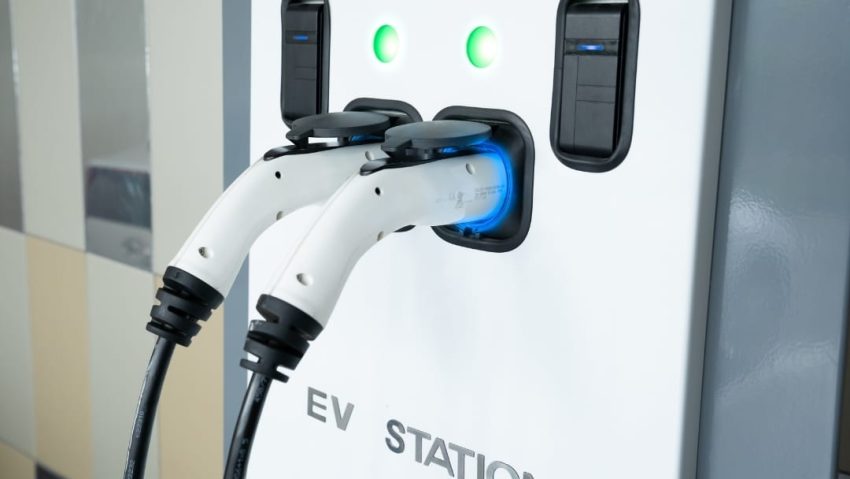Electric vehicles (EVs) are becoming increasingly popular as more people seek environmentally-friendly transportation options. However, one of the main concerns for potential EV owners is the availability of charging stations. The good news is that EV charging infrastructure is rapidly expanding, making it easier than ever to own and operate an electric vehicle.
The Growth of EV Charging Stations
Thanks to government incentives and initiatives from companies like Tesla and ChargePoint, the number of EV charging stations has been steadily increasing. In fact, there are now over 50,000 public charging stations in the United States alone, with more being added every day.
Types of EV Charging
There are several different types of EV charging stations available, each with its own benefits and drawbacks:
- Level 1: This is the slowest type of charging, typically using a standard household outlet. It’s best for overnight charging or as a backup option.
- Level 2: These chargers are faster and can fully charge an EV in a few hours. They are commonly found at workplaces, shopping centers, and public parking lots.
- DC Fast Charging: This is the quickest type of charging, capable of charging an EV to 80% in around 30 minutes. These stations are usually located along highways for long-distance travel.
Frequently Asked Questions About EV Charging
How much does it cost to charge an EV?
The cost of charging an EV can vary depending on your location and the type of charger you use. On average, it costs around $0.12 to $0.25 per kilowatt-hour to charge an EV at home.
How long does it take to charge an EV?
Read more about EV Charging news here.
The charging time for an EV depends on the type of charger you use and the size of your vehicle’s battery. Level 1 chargers can take up to 20 hours to fully charge an EV, while DC fast chargers can do it in as little as 30 minutes.
With the rapid growth of EV charging infrastructure, owning an electric vehicle has never been more convenient. As more people make the switch to electric vehicles, we can look forward to a cleaner and more sustainable future for transportation.


